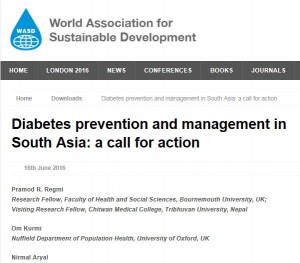 Today BU staff and post-graduate students published our latest diabetes paper. In the International Journal of Food, Nutrition and Public Health (IJFNPH) publish by the World Association for Sustainable Development (WASD) you’ll find ‘Diabetes prevention and management in South Asia: a call for action‘.
Today BU staff and post-graduate students published our latest diabetes paper. In the International Journal of Food, Nutrition and Public Health (IJFNPH) publish by the World Association for Sustainable Development (WASD) you’ll find ‘Diabetes prevention and management in South Asia: a call for action‘.
The lead BU author is Dr. Pramod Regmi. he is joint by Faculty of Health & Social Sciences (FHSS) PhD student Ms. Folashade Alloh as well as Prof. Edwin van Teijlingen of the Centre for Midwfiery, Maternal & Perinatal Health (CMMPH). Further national and international co-authors are: Dr. Om Kurmi based at the Nuffield Department of Population Health, University of Oxford; Dr. Nirmal Aryal, from the Department of Medicine, University of Otago, New Zealand; Dr.Puspa Raj Pant based at the Centre for Child and Adolescent Health, University of the West of England; and Amrit Banstola based in the Faculty of Health and Applied Sciences, also at the University of the West of England.
The paper can be found here! Please note, you need to be a WASD member to login and download this paper. Once you are logged in you will see a ‘Download’ button in the box above. If you do not have a login, you can register to join WASD free of charge.
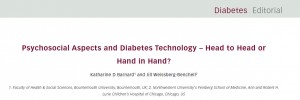
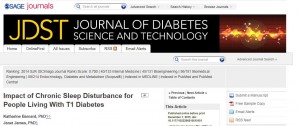
 As an ECR I am delighted to see that a research paper that Prof. Pritchard and myself wrote in 2014 has been cited in one of the most well regarded journals in the field.
As an ECR I am delighted to see that a research paper that Prof. Pritchard and myself wrote in 2014 has been cited in one of the most well regarded journals in the field.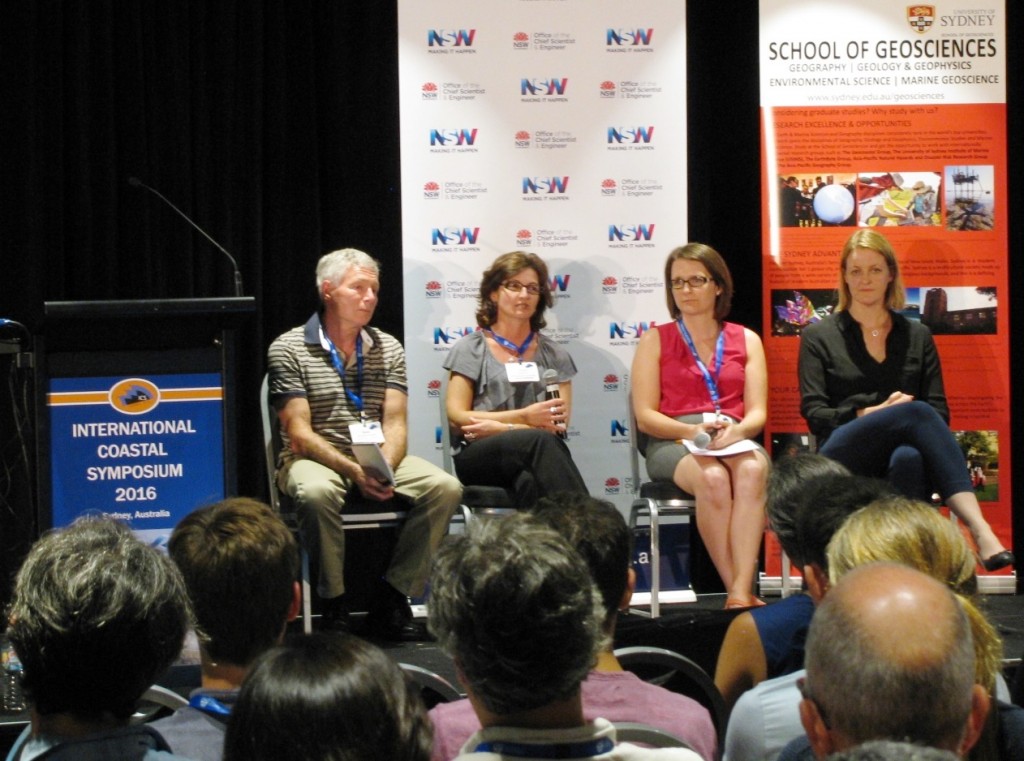

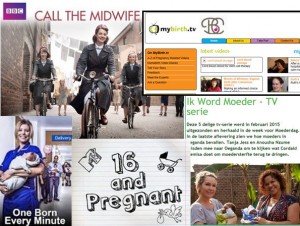 Our latest paper in the international journal BMC Pregnancy & Childbirth published late last month was highlighted yesterday in a
Our latest paper in the international journal BMC Pregnancy & Childbirth published late last month was highlighted yesterday in a  Our paper is great example of interdisciplinary research, as celebrated at the forthcoming Interdisciplinary Research Sector Day on June 21st (
Our paper is great example of interdisciplinary research, as celebrated at the forthcoming Interdisciplinary Research Sector Day on June 21st (
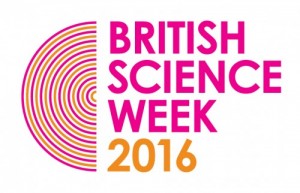
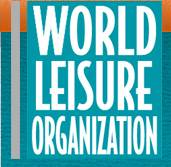
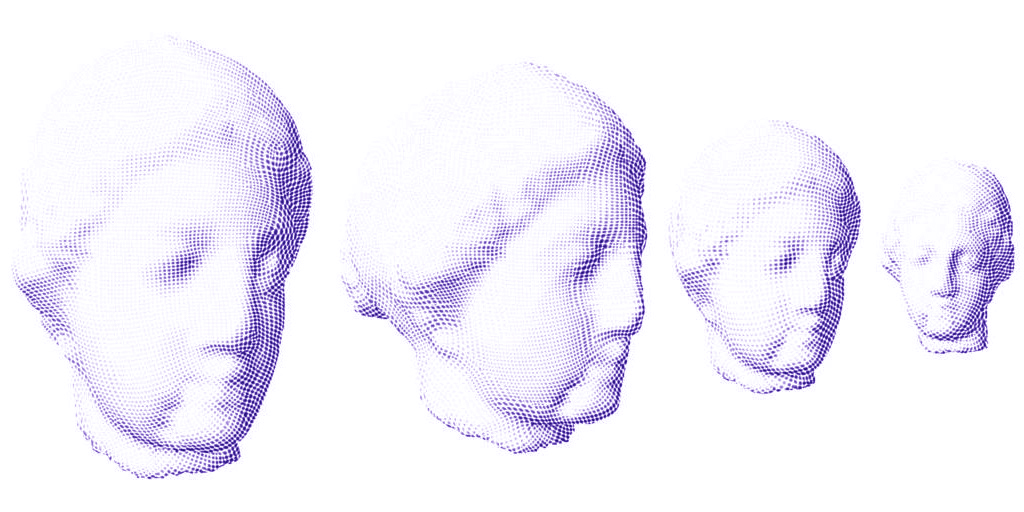
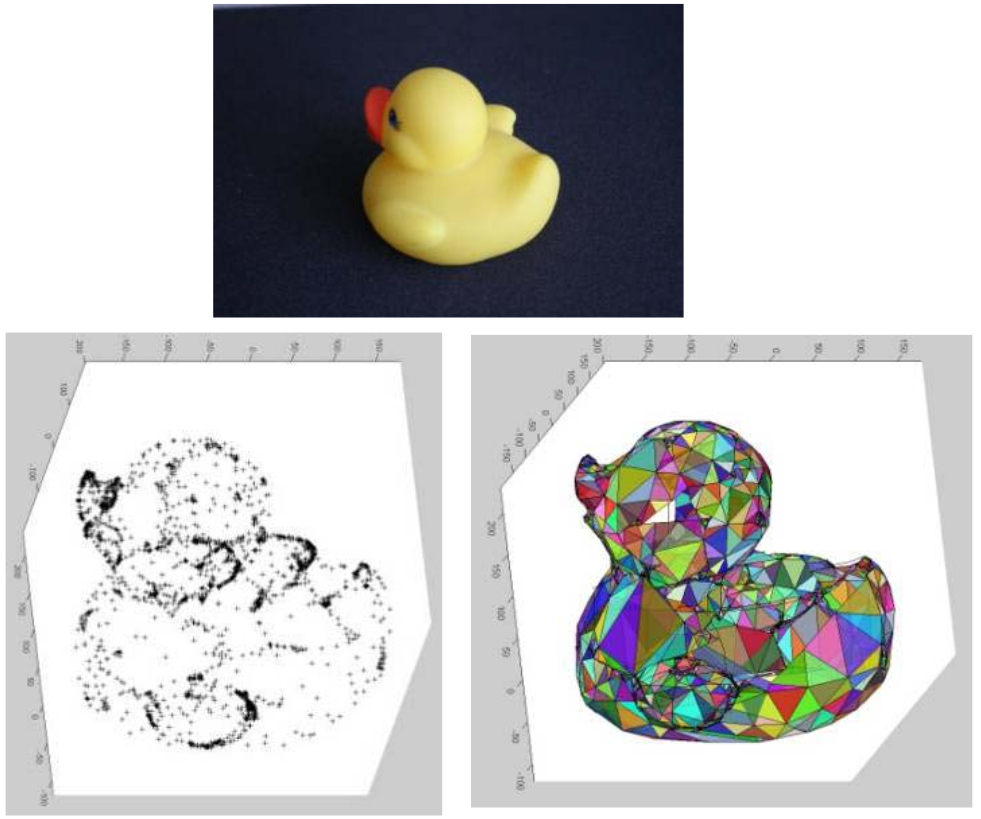
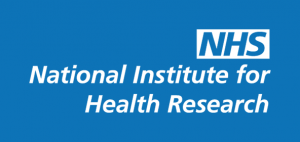











 FHSS academics teaching in Nepal
FHSS academics teaching in Nepal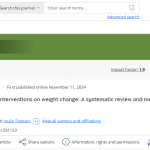 New weight change BU paper
New weight change BU paper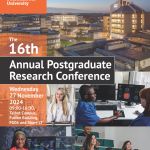 One week to go! | The 16th Annual Postgraduate Research Conference
One week to go! | The 16th Annual Postgraduate Research Conference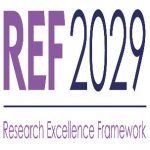 Geography and Environmental Studies academics – would you like to get more involved in preparing our next REF submission?
Geography and Environmental Studies academics – would you like to get more involved in preparing our next REF submission?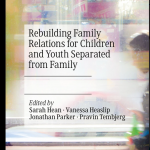 Congratulations to three former BU staff
Congratulations to three former BU staff MSCA Staff Exchanges 2024 Call – internal deadline
MSCA Staff Exchanges 2024 Call – internal deadline Applications are now open for 2025 ESRC Postdoctoral Fellowships!
Applications are now open for 2025 ESRC Postdoctoral Fellowships! Horizon Europe – ERC CoG and MSCA SE webinars
Horizon Europe – ERC CoG and MSCA SE webinars MaGMap: Mass Grave Mapping
MaGMap: Mass Grave Mapping ERC grants – series of webinars
ERC grants – series of webinars